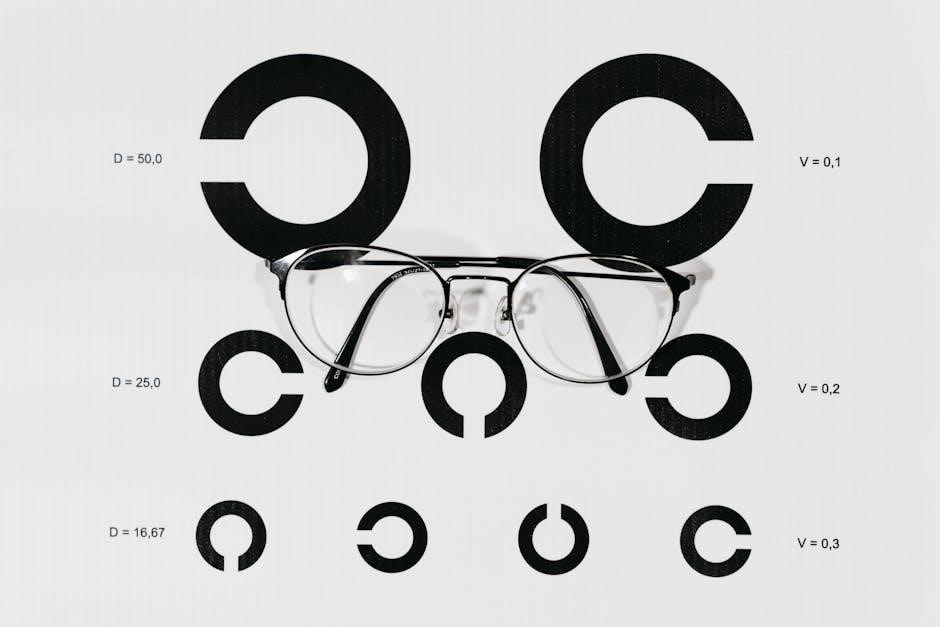The Timed Up and Go Test (TUG) is a widely used assessment tool to evaluate an individual’s mobility‚ balance‚ and fall risk․ It is a simple‚ yet effective test that can be administered in a clinical or home setting․ In this article‚ we will provide an overview of the TUG test‚ its purpose‚ and how to administer it․

What is the Timed Up and Go Test?

The TUG test is a standardized test that measures the time it takes for an individual to stand up from a chair‚ walk a short distance (usually 3 meters)‚ turn around‚ and return to the chair․ The test is designed to assess an individual’s basic mobility‚ balance‚ and fall risk․ It is commonly used in clinical settings to evaluate patients with mobility impairments‚ such as those with stroke‚ Parkinson’s disease‚ or older adults․
Purpose of the Timed Up and Go Test
The primary purpose of the TUG test is to assess an individual’s functional mobility and fall risk․ The test can be used to:
- Evaluate an individual’s ability to perform daily activities‚ such as walking and transferring
- Assess an individual’s risk of falling
- Monitor an individual’s progress over time
- Identify areas for improvement in mobility and balance

How to Administer the Timed Up and Go Test
Administering the TUG test is relatively simple and requires minimal equipment․ Here are the steps to follow:
- Choose a chair with a back support and armrests
- Place the chair in a well-lit‚ open area with a smooth floor
- Mark a distance of 3 meters from the chair
- Ask the individual to sit in the chair with their back against the backrest and their feet flat on the floor
- On the command “go‚” the individual should stand up from the chair‚ walk to the marked distance‚ turn around‚ and return to the chair
- Measure the time it takes for the individual to complete the test using a stopwatch or timer
Interpreting the Results
The results of the TUG test are interpreted based on the time it takes for the individual to complete the test․ A faster time indicates better mobility and balance‚ while a slower time indicates poorer mobility and balance․ The following are general guidelines for interpreting the results:
- < 10 seconds: normal mobility and balance
- 10-20 seconds: mild mobility and balance impairment
- 20-30 seconds: moderate mobility and balance impairment
- > 30 seconds: severe mobility and balance impairment

Download the Timed Up and Go Test PDF
The TUG test can be downloaded as a PDF file from various online sources․ The PDF file typically includes instructions for administering the test‚ as well as a scoring sheet to record the results․ To download the TUG test PDF‚ simply search for “Timed Up and Go Test PDF” online and follow the links to a reputable website․
The Timed Up and Go Test is a valuable assessment tool for evaluating an individual’s mobility‚ balance‚ and fall risk․ It is simple to administer and can be used in a variety of settings‚ including clinical and home environments․ By following the steps outlined in this article and downloading the TUG test PDF‚ healthcare professionals and caregivers can use this test to assess and monitor an individual’s mobility and balance over time․
References:
- Ng S․S․‚ Hui-Chan C;W․ (2017)․ The timed up & go test: its reliability and sensitivity in measuring functional mobility in patients with stroke․ Journal of Rehabilitation Medicine‚ 49(5)‚ 421-426․
- Voinova K․V․ (2021)․ The effects of age-related visual dependence on motor performances under increased attention demands․ Journal of Motor Behavior‚ 53(2)‚ 147-155․
